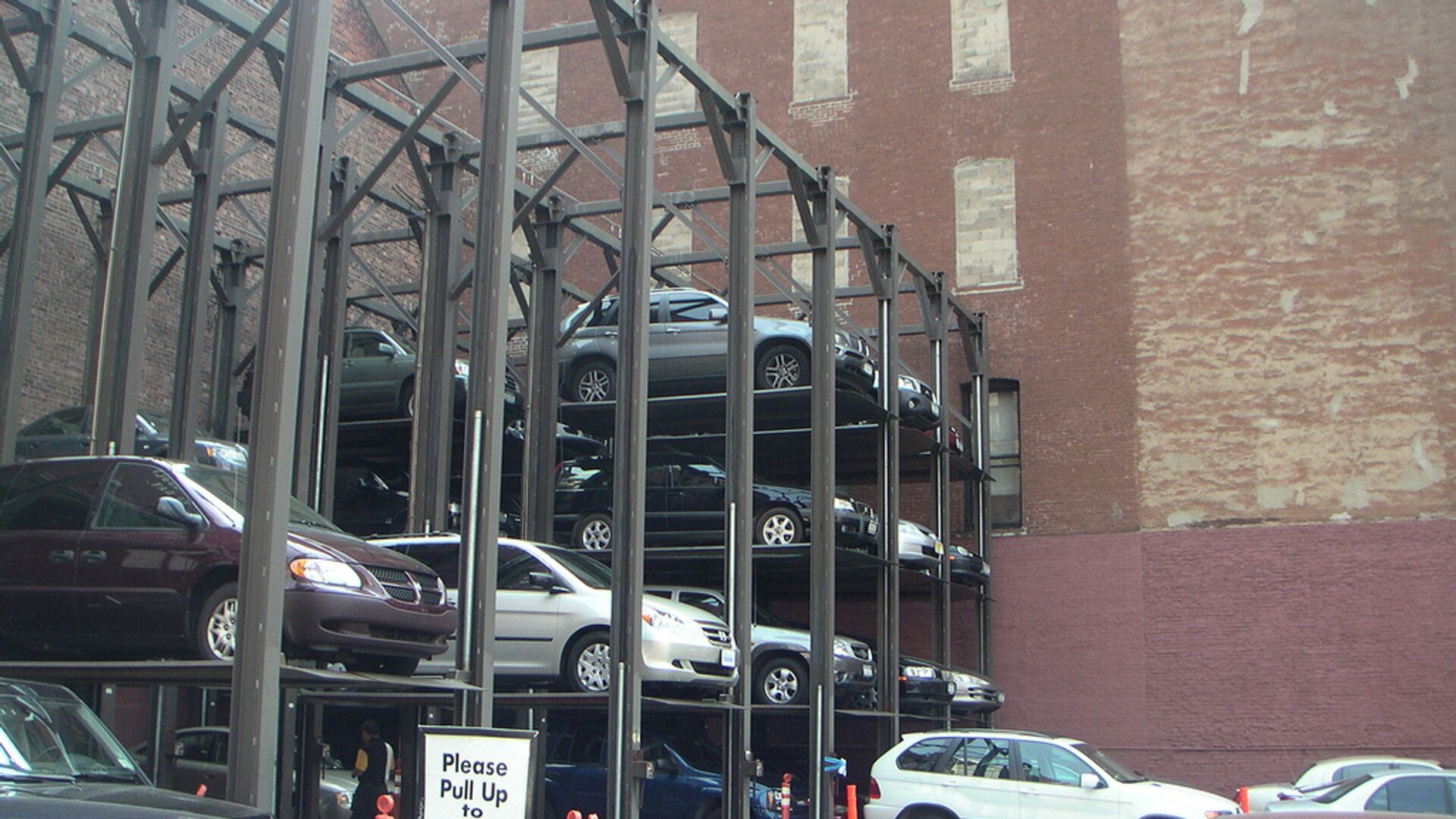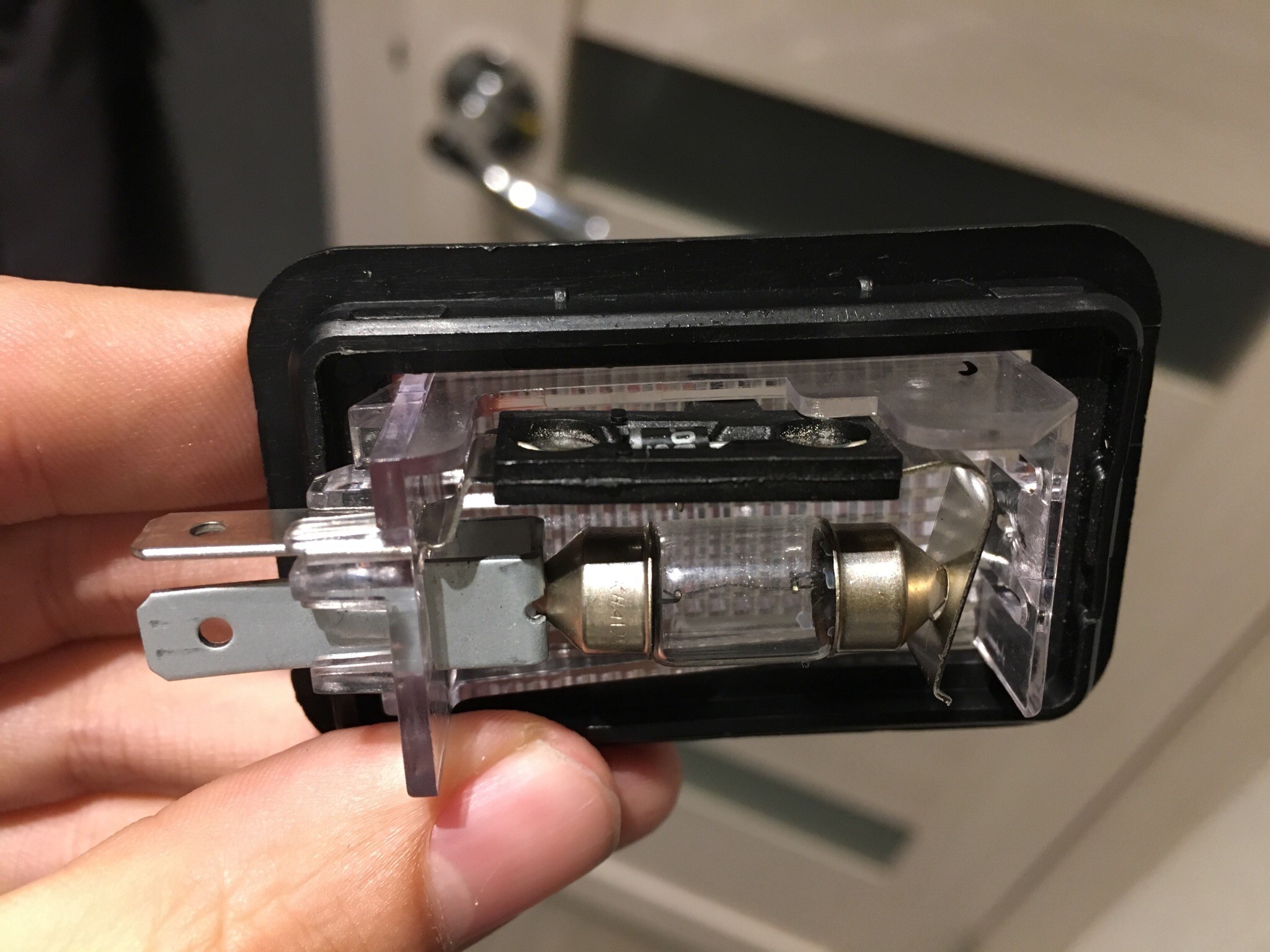
Michigan Parking Laws: Understanding the Basics
Drivers in Michigan need to be aware of parking laws. Namely, they need to know where they can't park. This will help prevent you from getting parking tickets or having your car towed.
Be aware that some communities in Michigan will have parking laws for their cities, which may be more restrictive than those set by the state. It is important to understand state regulations, but you should also make sure you check all local laws when it comes to parking.
Basic parking rules in Michigan
There are several places in Michigan where you can't park. If you receive a parking ticket, you are responsible for paying it. The amount of the fine may vary by community. Let's take a look at some of the areas where you are not allowed to park.
Michigan drivers should never park within 15 feet of a fire hydrant. They also must not park within 500 feet of an accident or fire. If you are parking on the same side of the street as the entrance to the fire station, you must be at least 20 feet away from the entrance. If you are parking on the same side of the street or if the entrance is marked, you must be at least 75 feet away from it.
You may not park within 50 feet of the nearest railroad crossing, and you may not park in front of an emergency exit, fire escape, lane, or driveway. Do not park next to the road, otherwise your car will block the view of drivers turning at the intersection.
You should always be 12 inches or closer to the curb. In addition, you must make sure that you do not park against the flow of traffic. Do not park within 30 feet of a flashing beacon, give way sign, traffic light, or stop sign.
When you are outside of the city, do not park in a highway lane if there is a highway shoulder that you can pull onto. You cannot park on or under the bridge. Of course, the exceptions to this rule are those bridges that do have parking spaces and meters.
Never park in a designated bike lane, within 20 feet of a marked crosswalk, or within 15 feet of an intersection if there is no crosswalk. Double parking is also against the law. This is when you park a vehicle on the side of the road that is already parked or stopped along the side of the road or at the curb. You also cannot park in a location that would make it difficult to access the mailbox.
Also make sure you don't park in a handicapped space unless you have special signs and signs indicating that you have permission to do so.
By observing the signs and markings on the side of the road, you can often determine whether or not parking is allowed at that location. This will help reduce the risk of getting a ticket.
